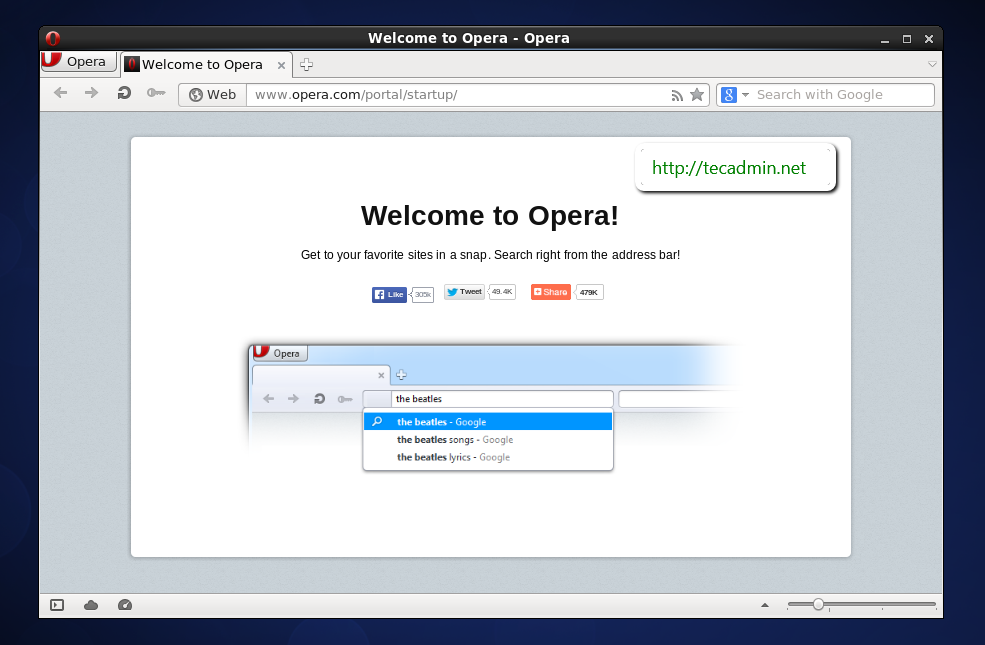

Should net you an output similar to: ~]# /usr/bin/ffmpegįfmpeg version 1.2 Copyright (c) 2000-2013 the FFmpeg developersīuilt on 22:36:19 with gcc 4.4.7 (GCC) 20120313 (Red Hat 4.4. Install the package itself: yum install -y ImageMagick ImageMagick-develĮcho "extension=imagick.so" > /etc/php.d/imagick.ini Finishing up.Said: Now how would I know for sure where it would have installed to? Install any prerequisites: yum install -y gcc php-devel php-pear

This package is much more common, so the install is also more straightforward. This one is quite easy on CentOS 7: yum install -y gpac mediainfo Install ImageMagick on CentOS 7 Install Ruby and RubyGems yum install -y ruby rubygemsĪnd then it’s a simple gem install: gem install flvtool2Īnd we’re done. Install FFmpeg from this repo: sudo yum -y install ffmpeg ffmpeg-develĬonfirm it’s working: ffmpeg FFmpeg reporting back Install flvtool2 on CentOS 7 Import a repo from Nux : sudo rpm -import If you don’t have the EPEL repo installed already: sudo yum -y install epel-release The links below are generally suitable for EL7. Install FFmpeg, flvtool2, mp4box, and ImageMagick on CentOS7ĬentOS 7 requires a tweak to the process I’d used for CentOS 6. Most of the ready to run video sharing scripts or YouTube clone scripts require these modules and extensions required on the Server. Most of the time you may just need to have FFmpeg installed on your server, but if you are planning to run video sharing service like Vimeo or YouTube, you should also have other modules/extension installed on your Server. yum install epel-release To install and enable RPM Fusion, use the following command on your distribution version. To install and enable EPEL, use the following command. If you are looking to add video encoding or video streaming feature on your website, you should set up your server accordingly. To install FFmpeg on CentOS and RHEL distributions, you need to enable EPEL and RPM Fusion repository on the system using the following commands.


 0 kommentar(er)
0 kommentar(er)
